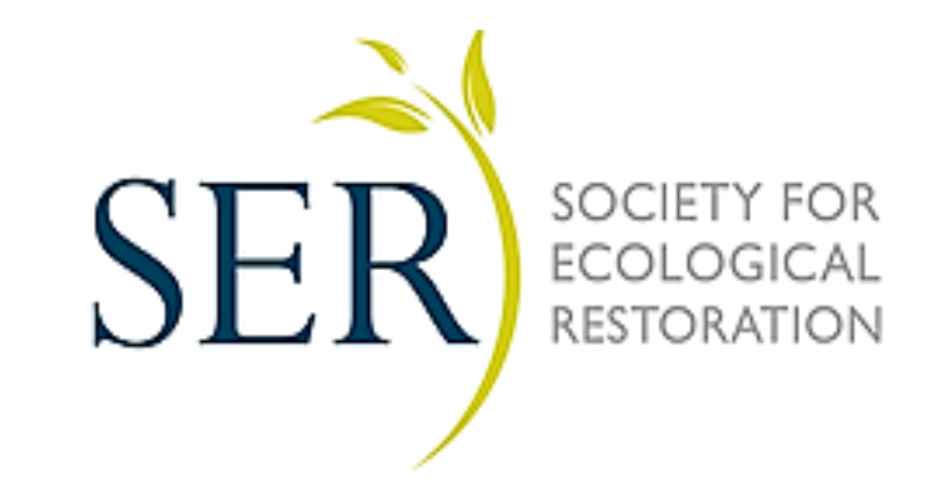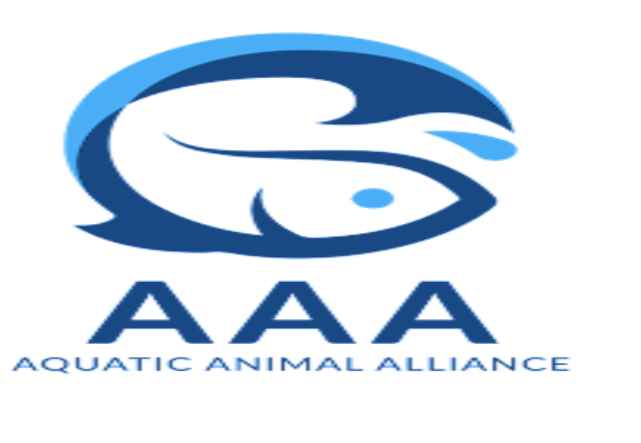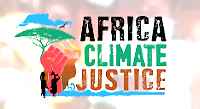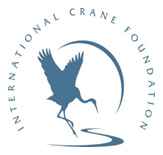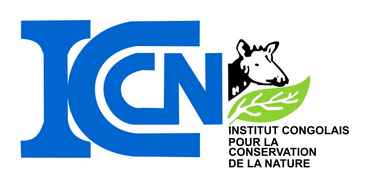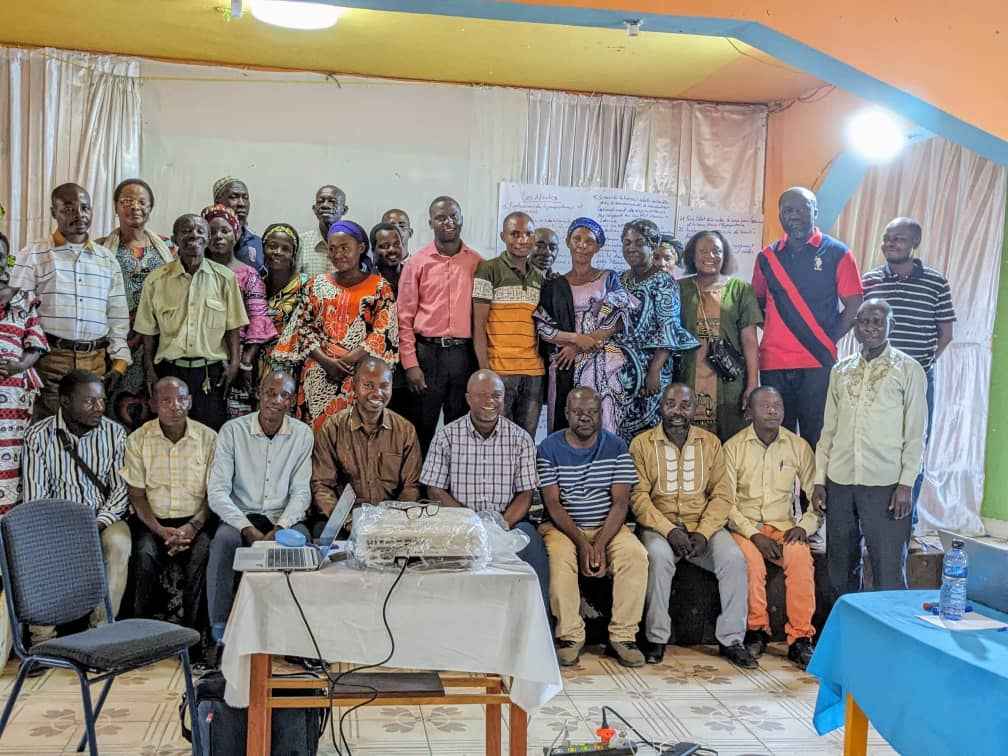
With World Bank via PFCIGL
Posted on 2024-06-05 - Catégorie: GénéraleWith World Bank via PFCIGL project:
We have carried out an environmental and social impact assessment on the World Bank Group's Trade Facilitation and Integration Project in the Great Lakes Region (PFCIGL).
This PFCIGL project has been classified as a ‘High Risk’ project from an environmental and social point of view in accordance with the World Bank's New Environmental and Social Framework because it will be carried out in a wetland area that is the excellence habitat of hippopotamuses. The study aimed to integrate specific biodiversity measures, mainly those that would make it possible to limit as far as possible the negative impacts of the sub-project activities on the hippopotamuses identified in the sub-project area.
The objectives of this project were to
Assess the risks and direct or indirect effects of the sub-project on rare species found in the area, in particular hippopotamuses, reptiles, amphibians and other mammals, plants and ecosystem services, and propose mitigation measures;
Analyze the risks and negative impacts of the sub-project on the wetland that provides services to the local population, hippopotamuses and the grassy meadow that is used for grazing during periods of flooding;
Identify and assess the potential risks and dangers during and after implementation of the project, insofar as the project will be built in a low-lying area that is a wetland and a preferred habitat for hippopotamuses;
Analyze the migratory movements and life of the hippopotamuses in the sub-project area with a view to proposing specific measures to avoid disturbing their peace of mind and development during the construction phase;
Assess and/or analyze the threats and gaps to biodiversity and its ecosystem services in the sub-project area;
Organize participatory consultations with stakeholders and then propose an awareness-raising plan on hippopotamus ecology;
Define, in a participatory manner, rules aimed at reducing the scale of the human-hippopotamus conflict;
Propose a hippopotamus protection and conservation strategy in consultation with the IUCN, Provincial Environment Coordination, local and national authorities, including local communities, etc.);
Identify and analyze the direct and indirect threats to hippopotamuses posed by the project, the gaps in knowledge and resources and other factors hindering conservation efforts;
Identify measures to minimize negative impacts and restore biodiversity, in accordance with the mitigation prioritization principle described in SEN no. 6;
Propose a monitoring plan to ensure that mitigation measures are properly implemented;
Propose a financial budget and implementers.
Measures such as environmental education, relocation and compensation of victims, direct compensation, physical barriers, and the creation of a community hippo protection and conservation site, etc. were proposed by all the stakeholders consulted for the management of the human - hippo conflict, but also to mitigate or minimize the negative impacts of infrastructure construction work on hippos and their habitats, and vice versa.
#CBCS






.jpeg)

